Central Europe Itinerary: 3 Weeks
Coined for classical music, fine art and fairytale-like landscapes, Central Europe is as enchanting as it gets. If you’re planning the perfect escape, look no further than this Central Europe Itinerary for 3 weeks.
Ingrained with the spirit of exploration, Central Europe is intricately woven with a world of whimsical castles, magical meadows and millennia-old villages. From the tempting cuisine to the teeming culture, this nook of Europe is truly unparalleled.
Unmask the rapture of Central Europe as you roam throughout the replete realms. Whether you want to meander through the myriad monuments, get lost in ancient cities or hit the heights of the rural scene, there’s undoubtedly something here for you. Let’s take a look at this Central Europe itinerary.
3 Week Central Europe Itinerary: Germany, Czech Republic, Poland, Slovakia, Hungary & Austria
Kick off your itinerary is the beating heart of Central Europe. Starting in Germany’s capital city, buzzing Berlin, make your way down to Munich.
From that point, prance across the border into the Czech Republic’s terracotta-tiled gem, Prague. Move onto the neighbouring nuanced city of Kraków, before wandering down to Poland’s capital city, Warsaw.
Cross through the castle-carved terrain in Slovakia’s Bratislava, before retreating to the rural wonder of the High Tatras. Fall head over heels for heart-warming Hungary’s capital, Budapest, and bring your trip to a close in Vienna, Austria.
Day 1-2: Berlin, Germany
Day 3: Munich, Germany
Day 4-5: Prague, Czech Republic
Day 6-7: Kraków, Poland
Day 8-9: Warsaw, Poland
Day 10-11: Bratislava, Slovakia
Day 12-14: High Tatras, Slovakia
Day 15-17: Budapest, Hungary
Day 18-21: Vienna, Austria
Day 1-2: Berlin, Germany
Begin your Central Europe itinerary in Germany’s charming capital, Berlin.
Encircled by an eclectic expanse of cultural gems, nuanced nightlife and lyrical landmarks, Berlin boasts a bedazzling blend of old and new. Fringed with a fast-paced atmosphere, it's surprisingly easy to get settled down. Lock eyes with the colours of the East Side Gallery, peruse the perplexing Reichstag Building and see the lights scatter over the Brandenburg Gate at sunset.
Feel the passion of theatre performances and meander around the myriad museums like Pergamonmuseum and the Topography of Terror. Get a birdseye view from the Berlin Television Tower, stop for a quick coffee near Gendarmenmarkt and swing past the baffling Berlin Cathedral.
Things to do in Berlin:
Visit the Reichstag Dome
See a new perspective on a boat tour
See it all in two days on a hop-on hop-off bus
Peek at the panoramas from the TV Tower
Stroll around the Plenary Chamber
Where to Stay in Berlin:
Day 3: Munich, Germany
Following a few jam-packed days in Berlin set south on a high-speed train to Munich.
Wound with a world of wealth-infused castles, verdant green spaces and endless museums, Munich is the perfect place to spend the day.
Gather some fresh ingredients in the Victuals Market and enjoy the sunshine from the English Garden. Gawk at the opulence in the Munich Residenz, soak up the ambience in the lively Marienplatz and discover lavish living in the Nymphemburg Palace.
Things to do in Munich:
Drink like a local on a brewery tour
Get active on a guided bike tour
Venture out on a day trip to Neuschwanstein & Linderhof Castle
See it all in one day on the hop-on hop-off bus
Dive into the history of the Third Reich & WWII on a walking tour
Where to Stay in Munich:
Day 4-5: Prague, Czechia
After spending your first three days in Germany’s sprightly cities, jump aboard a high-speed train to the Czech Republic’s capital city, Prague.
Veiled with labyrinth-like streets, the rolling Vltava River and the glorious Prague Castle, this city is sure to have you craving more. Uncover the magic of the UNESCO-listed Old Town, get a taste of the bustling nightlife and get immersed in the eye-catching art scene.
Bask in the landscape by the picturesque river, taste the flavours of local gastronomy and wind your way through the world of architectural gems. Cross over the emblematic Charles Bridge, sip on some tea in the Old Town Square and feast your eyes on the Prague Astronomical Clock. Visit the St. Vitus Cathedral, marvel at the mystical Vyšehrad and see the vistas from the Petrin Tower.
Get your groove on in front of the Dancing House, pop by the Lennon Wall and wind up your evening in the luxe National Theatre. From all things art, culture and captivating scenery, Prague is a must-see city in this Central Europe itinerary.
Things to do in Prague:
Relish in a Medieval dinner with unlimited drinks
Hop on an Old Town & Dungeon tour
See the city lights on a sightseeing cruise
Save cash with the Prague Pass
Get lost in the Prague Castle
See it all on a bike tour
Save time on a hop-on hop-off bus
Where to Stay in Prague:
Day 6-7: Krakow, Poland
Following a fruitful few days in Czech Republic’s artsy centre, catch a high-speed train and endeavour into Krakow, Poland.
Unmask the melodic scenery as you navigate the architecture, churches and countless gems. Arrayed with authentically aesthetic architecture and a striking UNECO-listed Old Town, Kraków will leave you in rapture. Witness the morning bustle from Rynek Glówny Plaza, see the heights of St. Mary’s Basilica and visit the grandiose Cloth Hall.
Head down to the Wieliczka Salt Mine, get enchanted by the greenery in Planty Park and swing past the Kosciuszko Mound. Home to the continent’s biggest medieval town square, this chunk of your Central Europe itinerary is a must for culture and history enthusiasts.
Things to do in Kraków:
Set out on an Auschwitz-Birkenau tour
Visit the Zakopane & Thermal Springs tour
Head out on a guided Old Town walking tour
Scale down the Wieliczka Salt Mine
Explore the Zakopane Polish Mountains
Where to Stay in Kraków:
€€: Hotel Atrium
Day 8-9: Warsaw, Poland
After dabbling in the delights of Kraków, hop on a high-speed train over to Poland’s capital city, Warsaw.
Coined as a historic melting pot, Warsaw is woven with a captivating collection of Gothic, Neoclassical, Renaissance and Baroque influences. Peppered with postcard-worthy architecture, teeming outdoor spaces and a delectable dining scene, you’ll be surprised at how much is squeezed into this scintillating city. Spend a summer’s day in the verdant Lazienki Park, feel the splendour at the Royal Castle in Warsaw and see the colourful buildings in the Old Town Market Square.
Dive deep into the POLIN Museum of the History of Polish Jews, see fine art in the National Museum in Warsaw and swing by the Warsaw Barbican. This idyllic end of the Central Europe itinerary is fringed with a fascinating history and flourishing outdoor experiences.
Things to do in Warsaw:
Bask in the symphonies of a Chopin concert in the Old Town
Discover the Wilanow Palace & Garden
Wander through the history-ridden Warsaw Ghetto on a walking tour
Hop aboard an authentic Galar cruise on the Vistula River
Visit all the highlights on a hop-on hop-off bus
Get speedy in the city on a segway tour
Where to Stay in Warsaw:
€€: Hotel Bellotto
Day 10-11: Bratislava, Slovakia
After prancing around Poland’s panoply of pleasurable pursuits, make your way on a high-speed train to Bratislava, Slovakia.
Cross the border and get buried in the breathtaking sites that are scattered throughout. Spend an afternoon sampling the country’s best beer, have a picnic along the Danube River and discover the magic of the Bratislava Castle. Wander astray in Devin Castle, swing past Michael’s Gate and see the azure hue of the Blue Church.
Feel the luxury in the Presidential Palace, see the creative Čumil sculpture and gawk at the glorious views from the top of the Most SNP (UFO Tower).
Things to do in Bratislava:
Discover the depths of the Devin Castle
Taste local flavours in a wine-tasting experience
Visit the Gallery Multium
Bask in the beauty on a private walking tour
Fit it all in two days on the sightseeing bus
Where to Stay in Bratislava:
Day 12-14: High Tatras, Slovakia
Following a fantastic foray in Bratislava, hop aboard a train and get a dose of nature in the heaving hilltops of the High Tatras.
Nestled with nuanced trails, alpine-fringed mountains and vibrant scenery, the High Tatras is rich in character. This national park in Slovakia poses as one of the top pursuits. If you’re a nature aficionado, don’t miss this part of the Central Europe itinerary. Spend the next three days dabbling in the wealth of walks, waterfalls and misty mountains.
Make your way down into the Belianska Cave, soar above on a Treetop Walk Bachledka and hike to the Skok Waterfall. If you're an aversive active adventurer, you can replace the Tatra National Park with other options. This part of the itinerary could be substituted with some idyllic countryside towns like Košice, Nitra or Bardejov.
Things to do in the High Tatras:
Trek the trails in Tatra National Park
Stand in awe at the Belianska Cave
Watch the mighty Skok Waterfall
See the Gerlachovcky štiít mountain peak
Get active on a treetop walk
Where to Stay in the High Tatras:
€: Horsky Hotel Popradské Pleso
€€€: Hotel Lomnica
Day 15-17: Budapest, Hungary
After a few days frolicking in nature, hop on a train to Hungary’s capital city, Budapest.
Ridden with a rich tapestry of resplendent architecture, ravishing culture and delectable cuisine, Budapest is a city that commands your attention. Perched with plummeting underground caves, a seriously stellar spa scene and lively marketplaces, this city is a highlight in the Central Europe itinerary.
Peruse the picture-perfect Hungarian Parliament Building, stop by the grand Fisherman’s Bastion and cross over into the Buda Castle. See the sunset from the Széchenyi Chain Bridge, soak in the waters of the don't miss Széchenyi Thermal Baths and gawk at the Great Synagogue.
Shop for fresh produce at the Central Market Hall, stroll through Heroes’ Square and sink a few beers in the iconic Szimpla Kert Pub. Visit the history-rich Vajdahunyad Castle, feel the opulence of the Hungarian State Opera and lock lips with a traditional chicken paprikash.
Things to do in Budapest:
Bask in the sunset on an evening sightseeing cruise
Go wild on an Etyek wine tour
See more for less with the Budapest Card
See all the highlights on the hop-on hop-off bus
Soak up the serenity in the Széchenyi Spa
Get active in the city on a walking tour
Where to Stay in Budapest:
€€: Áurea Ana Palace
Day 18-21: Vienna, Austria
As you come to the final leg of your trip, it’s time to venture into Austria on a high-speed train. Bring things to a close and you bask in your last few days in the capital city, Vienna.
Brimming with bucket list activities and astounding landmarks, this city has no shortage of things to do. Fringed with the eccentric panoply of Imperial palaces, highlights are among the Hofburg Palace, Belvedere Palace and Schönbrunn Palace. Bask in a performance from the lavish Vienna State Opera House, scream like a kid in the Prater Amusement Park and step inside the stunning Stephansdom Cathedral.
Get lost in the melodies of the classical music scene, meander through the world-class museums and galleries and sip traditional Viennese coffee. This part of the Central Europe itinerary is nothing short of a stellar sojourn!
Things to do in Vienna:
Feel the magic of Vivaldi’s Four Seasons in Karlskirche
Wander through the Schönbrunn Palace & Gardens
Pop-out on a day trip to Hallstatt & Alpine Peaks
Relish in the flavours of a 3-course meal on an evening dinner cruise
Stick to your budget with the Vienna Card
See it all on the hop-on hop-off bus
Bask in Mozart's performance in the Golden Hall
Get your heart rate up in Vienna on a bike tour
Where to Stay in Vienna:
€€: Hotel Ambassador
€€€: Hotel Imperial
Best Time To Visit Central Europe
While this depends highly on what you’re hoping to get out of the trip, arguably, the best time to travel to Central Europe is in the off-peak periods.
The shoulder seasons of April to June as well as September offer mild weather and fewer crowds. During these times, you’ll also find more affordable prices on accommodation, activities and transport.
Visiting Central Europe during the summertime showcases the best of the landscape. With pleasant temperatures and plenty of things to do and see, July and August are a gateway into all the highlights. Of course, you can expect big crowds and expensive prices, so if that’s not your cup of tea, steer clear!
The winter season in Central Europe offers an itinerary that’s distinct from the rest. With average temperatures sitting between 7°C to -10°C, December to February beckons a light on other experiences. With snowfall gracing the scene, you can make the most of your trip with some skiing and snowboarding adventures.
If you visit in December, you can swing by the notorious Christmas Markets in Krakow in Poland, Nuremberg in Germany and Vienna in Austria.
How to Get Around Central Europe
Sitting in the heart of the European continent, you can expect fast, reliable and frequent ways of getting around. Avoid conundrums in your Central Europe itinerary thanks to these top options:
Train
High-speed trains are the best way to get around Central Europe.
Home to a huge haul of services, you can find express journeys to practically all of the major cities. If you’re booking a multi-destination trip, European residents can rely on the Interrail pass, and non-European residents can consider the Eurail pass. To compare all your options, use Omio and Trainline.
Bus
In a handful of major cities in Central Europe, taking the bus can be a great way to get around.
Pinned as a pocket-friendly option, it can be a gateway into each country's rural towns too. Before you book anything, make sure you compare all your options on Busbud.
Aeroplane
Central Europe is well-connected with airports, making an aeroplane one of the easiest ways to get around.
If you book at least 3-4 months in advance using Skyscanner, you can score flights that cost less than a meal. The sooner you get organised, the better!
Drive
If you’re interested in a slow-paced Central Europe itinerary, hiring a car is the best option.
Gifting you the freedom to take things as they come and roll at your own pace, driving around allows you to get well off the beaten track.
Travel Tips for Your Central Europe Itinerary
Central Europe is carved with plenty of charm, from the character-packed cities to the lush surroundings. To help make your itinerary pan out smoothly, make sure you brush up on some of these travel tips:
Carry cash in various currencies – Hungary uses the forint and the Czech Republic uses the Koruna
Take a high-speed train if you’re short on time
Say yes to spontaneity – step outside your itinerary and get off the beaten path
Get an International Drivers License if you’re a non-EU resident
Plan out a travel budget and initiate your savings plan for Central Europe
Book your flights and accommodation well in advance (at least 3-4 months)
Save money by visiting in the shoulder seasons
Brush up on how to score cheap flights
Get peace of mind knowing you’re covered with travel insurance
Get organised with a local SIM card. Don’t miss this full guide on the Best eSIMs for Europe.
Opt for the bus if you’re a budget traveller or backpacker
Make sure you’ve got the necessary European visa requirements
Purchase local produce at the markets
Brush up on this guide on how to pack light
Leave most of your cash inside a safe place in your accommodation
Get a taste of Central Europe on the free walking tours
Planning an Epic Europe Adventure?
Central Europe is as scintillating as it gets. If you're planning a sojourn in Europe's most stellar cities, you might be on the hunt for more itineraries. Save yourself the time and hassle with these in-depth guides:
Europe Itineraries (17 Different Routes)
Greek Islands Itinerary: 10 Days
Mediterranean Itinerary: 3 Weeks
FAQS
How many countries can you see in Europe in 3 weeks?
That depends on your desired destinations, travel style and budget. In a 3-week Europe itinerary, you could see up to 3-4 countries. You could visit various historical attractions, taste local delicacies and bask in the scenery.
Is 3 weeks enough to travel to Europe?
While trying to pack everything into one schedule may seem challenging, 3 weeks is enough time to get a taste of what’s on offer. In 21 days, you can visit a range of top destinations and lesser-known towns.
What is the best way to see Central Europe?
The best way to get around Central Europe is by train. There are express services connecting all of the major cities. These options are quick, clean and comfortable and offer convenience for travellers.
What are the 7 countries of Central Europe?
Central European countries differ depending on the source. Most will agree that the seven countries are Germany, Poland, Slovakia, Slovenia, Hungary, Austria and the Czech Republic. In other definitions, Switzerland, Croatia and Bosnia-Herzegovina can classify as Central Europe.
Why Visit Central Europe?
Framed with folk traditions, hearty culture, mountain-perched castles and colourful Old Towns, Central Europe makes for a fantastic foray.
Woven with an old-world feel, the heart of the continent is steeped deep in opportunities. Make the most of your getaway with the 3-Week Central Europe Itinerary!

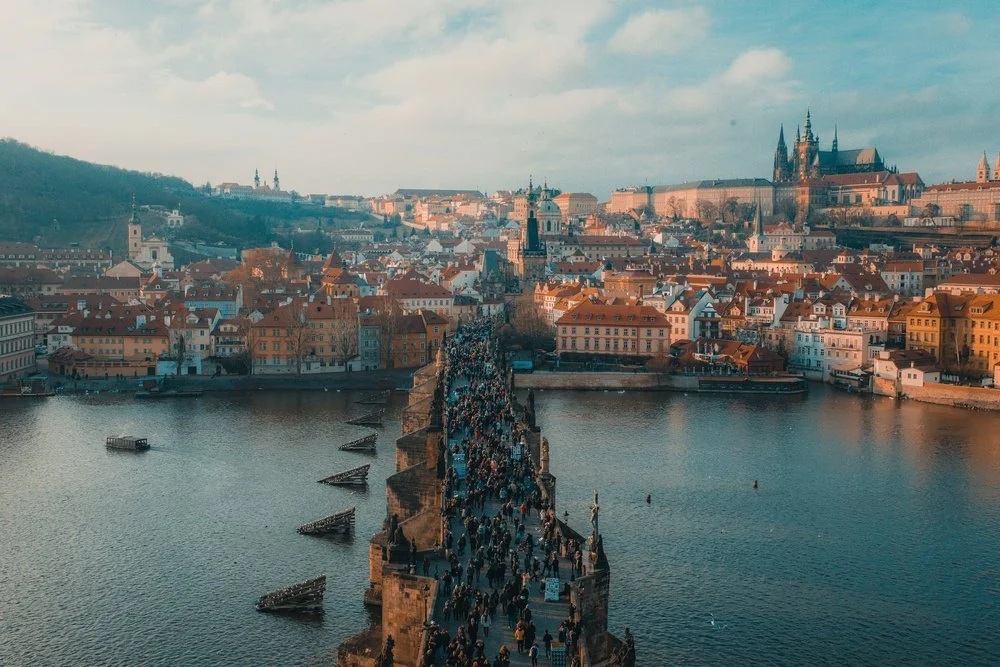
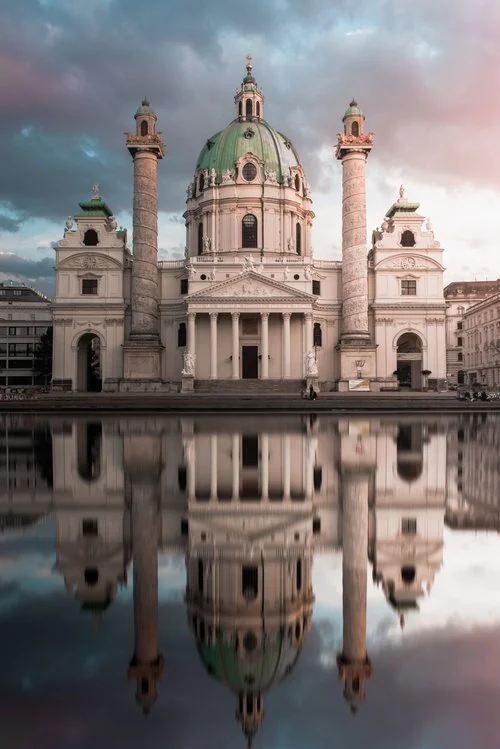
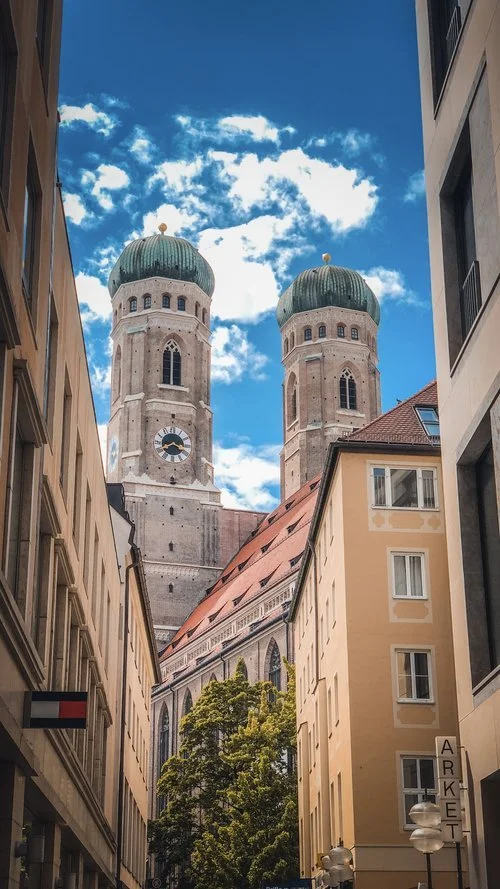

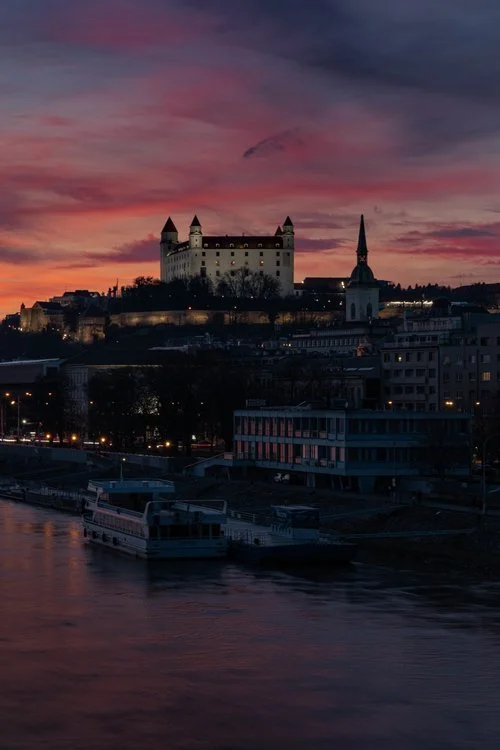
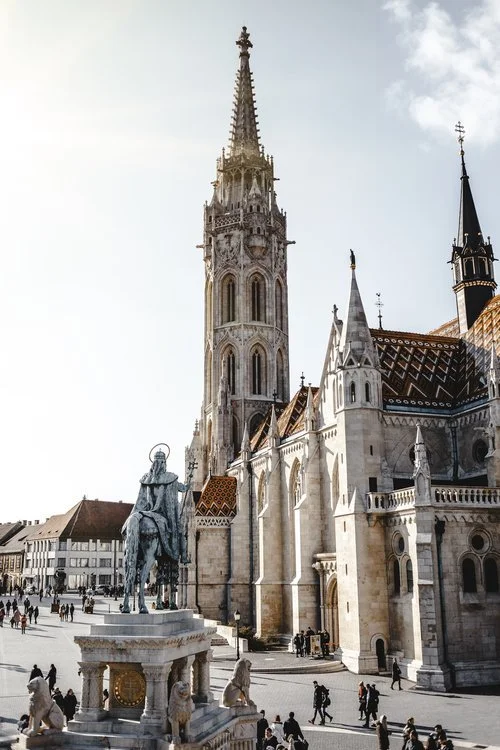
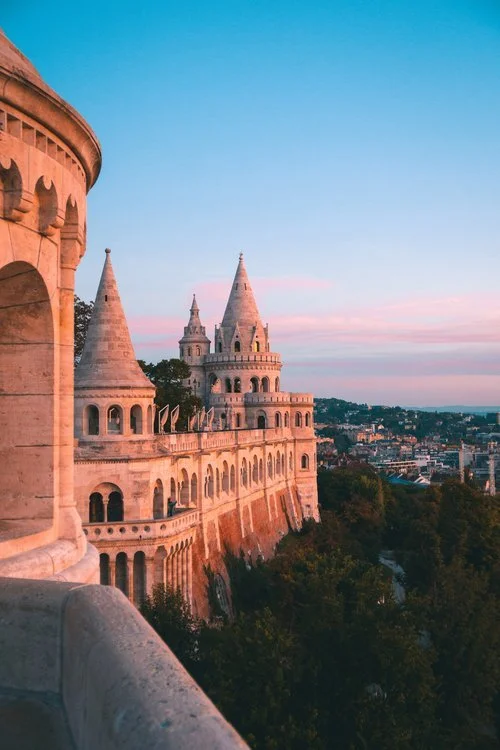
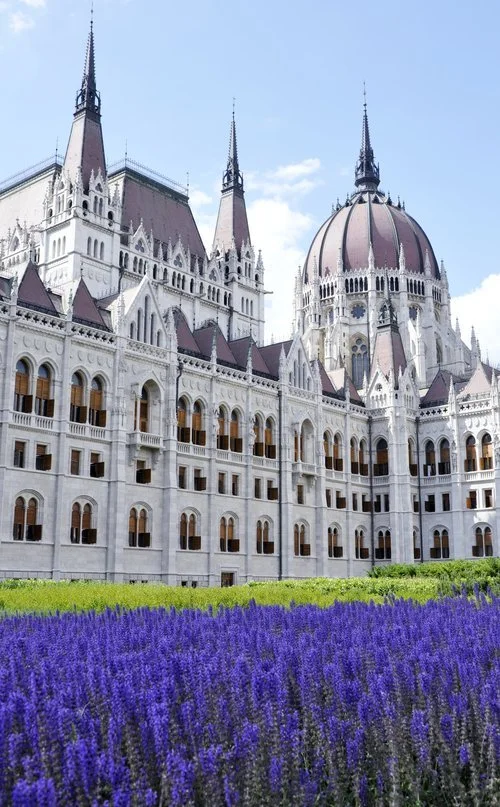

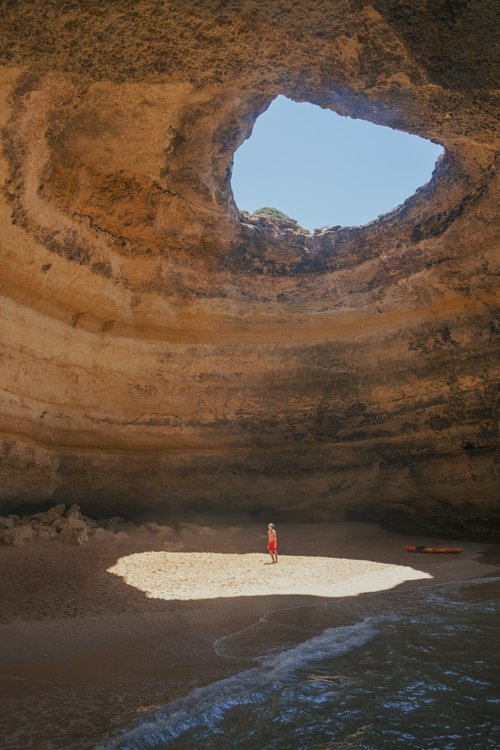
Rome is known for its historical monuments, colourful culture and delectable cuisine. There’s plenty to pack into your itinerary, but if you tire of Italy’s capital, escape on one of these day trips from Rome.